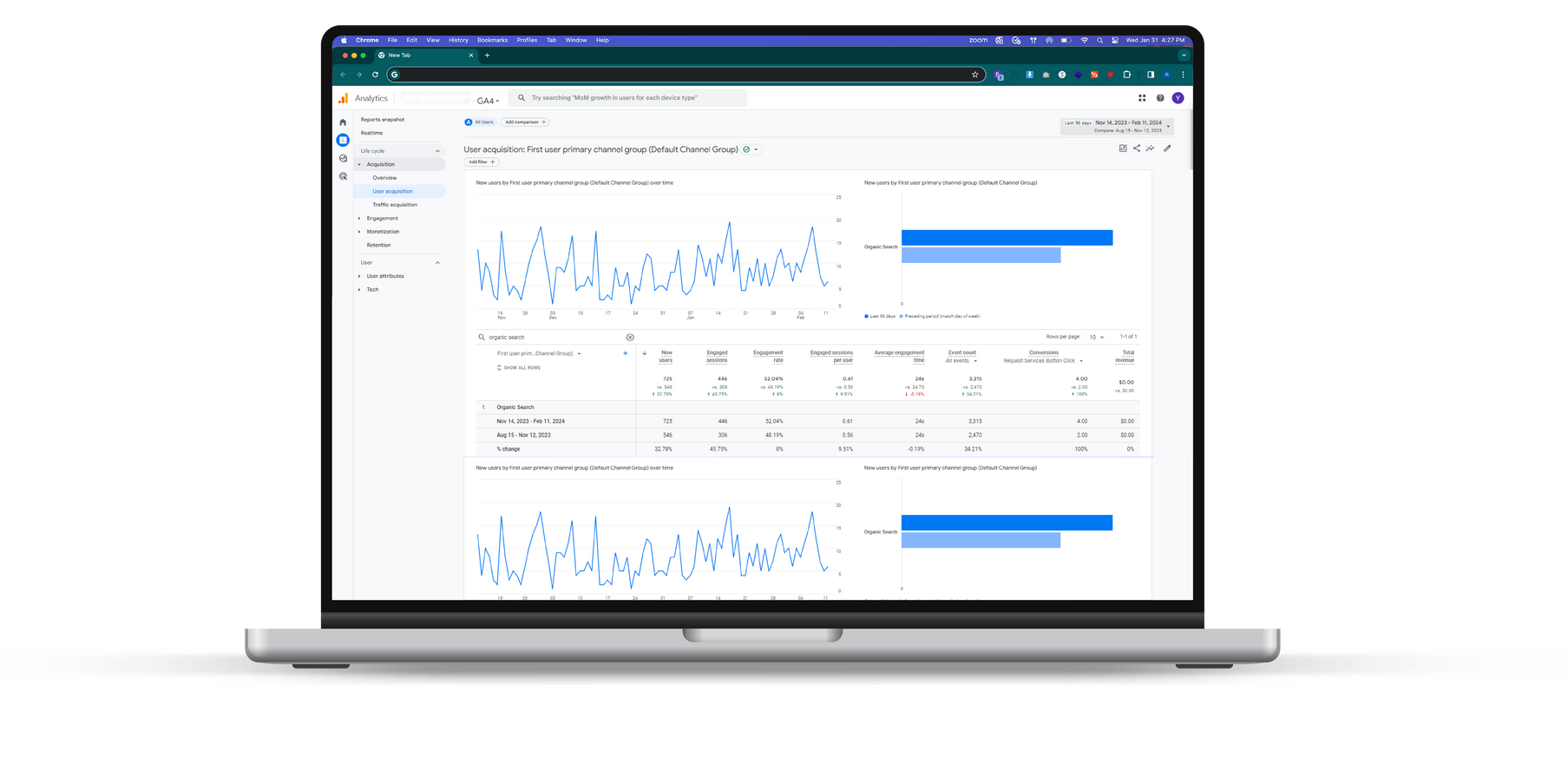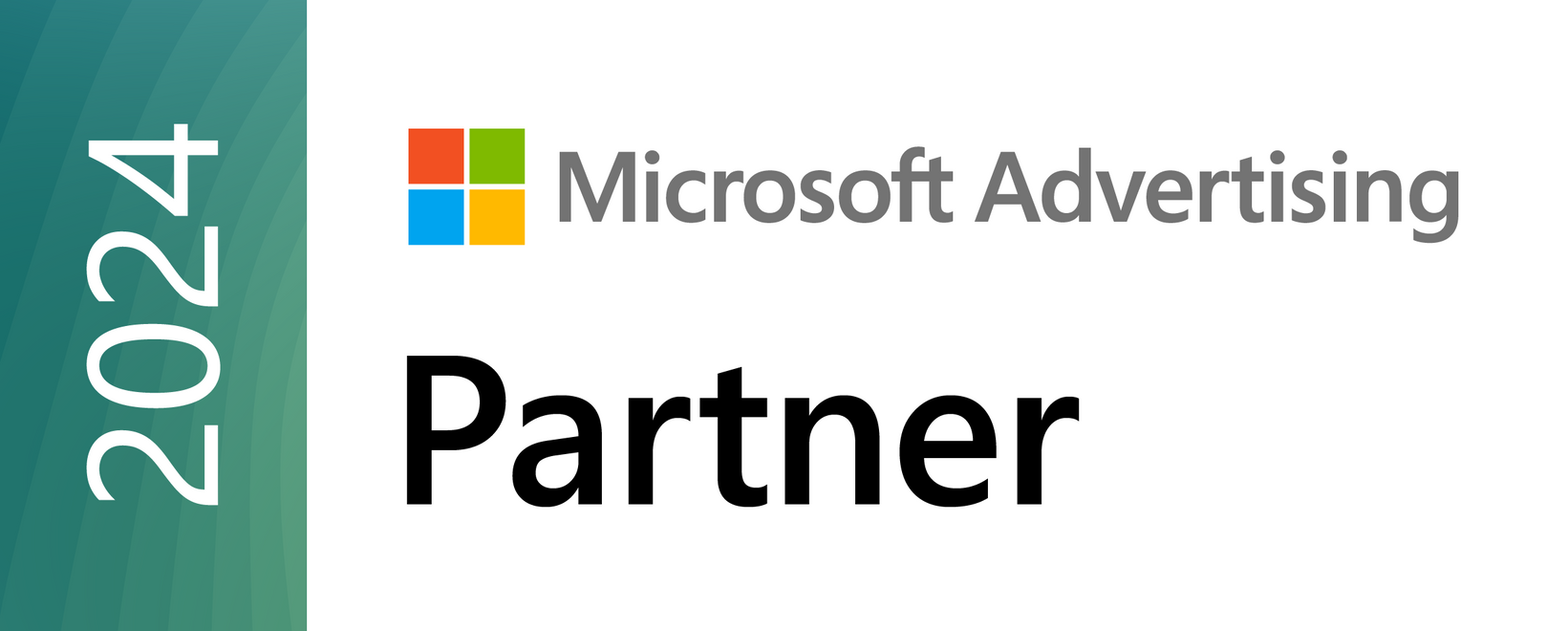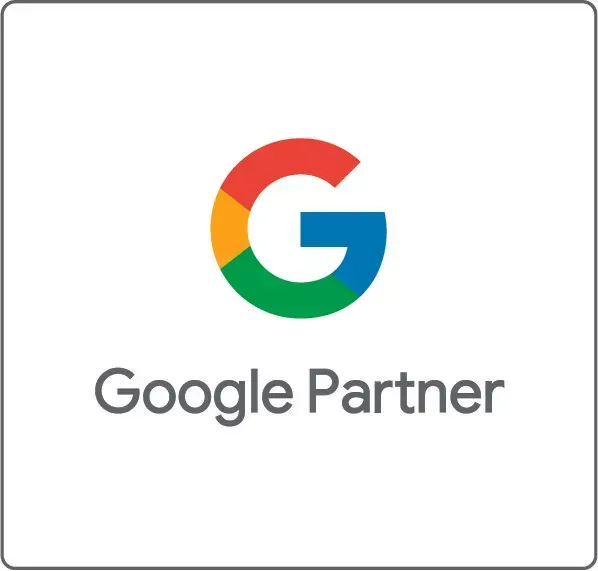GEO & AEO
Generative Engine Optimization (GEO) and Answer Engine Optimization (AEO)
The use of AI search tools like ChatGPT and Perplexity is growing rapidly, which is understandably concerning for businesses that have spent years investing in SEO. These platforms are gatekeepers standing between businesses and prospective clients, potentially delivering answers lifted from your content without ever requiring users to visit your website.
The first step to coping with this new reality is accepting that you can’t change it. Most users who try AI-enhanced search tools continue using them. A growing number are shifting almost entirely from traditional search to AI platforms for most inquiries.
The second step is optimizing your website and content in such a way that you earn citations in AI-powered search tools and answer engines. This means showing clear authority and visibility in your schema and listings, and refining your content strategy to appeal to AI engines. Being cited doesn’t guarantee clicks, but not being cited guarantees you’ll get no traffic from LLM users.
Ideally, you also want your business to be one of the answers when a local user asks, “Who should I call after a car accident in Metairie?” or “What roofing companies in Chandler have the best reputation?”
Why Doesn’t the Same Strategy Work for
Google SEO and GEO?

There’s a surprisingly small percentage of overlap between Google SERPs and generative engines like ChatGPT and Perplexity. Recent tests put the overlap at only 10–15 percent. While some of the same best practices still apply, there’s enough divergence in the algorithms that different approaches to optimization are required.
A Combined Approach to Content Marketing and Search Engine Optimization
In Google’s internet, SEO and content creation are two sides of the same coin. It’s difficult to build organic visibility without high-volume publishing of optimized content, but that content must be written with a clear and intentional goal. Some of the only unambiguous and long-standing SEO advice proffered by Google is in regard to the importance of content value to searchers. We leverage detail-oriented research and carefully chosen topics and keyword strategies to establish our clients as trusted local experts within their vertical.
What We Know or Suspect About Optimizing for LLMs

Answer Engines Have a Recency Bias
These AI search platforms will typically pull fresher content if it’s available. Even ‘refactoring,’ or updating existing content, can be enough to generate new citations from AI search and answer engines. This typically involves:
- Adding new statistics
- Updating old blogs about the state of your industry or services so that they reflect today’s business environment (i.e., turning a 2023 blog into a 2025 blog)
- Reordering or reformatting sections
- Fleshing out thin sections
- Updating the publication date
Answer Engines Like Comparison Content and Listicles
Answer engines currently favor formats like ‘10 Best X’ or ‘X vs. Y,’ since many users ask questions such as “What are the best smartphones in 2025?” or “Which truck is better, the F-150 or the Ram 1500?”
It’s important to keep in mind that AEs seek the path that requires the least amount of processing power, so if businesses with some degree of authority have already done the legwork, they’ll just regurgitate their content.
Using clear tables, bullet-point pros and cons and explicit conclusions may make it more likely your content will be cited.
Traditional SEO Metrics, Like Backlinks and Traffic, Matter Less
ChatGPT uses Bing for its search functionality, and Bing still factors in traffic and backlinks in its search rankings. However, ChatGPT does not itself take into account those traditional SEO markers. This means optimizing for Bing makes your site visible to ChatGPT, but ChatGPT doesn’t factor in your site’s ranking.
As a result, a site with very little traffic and few to no backlinks can compete on a relatively level playing field with much bigger industry players if their content is in a format that appeals to LLMs.
LLM.txt Is a Must-Have
Including LLM.txt in addition to robots.txt is a good idea. It’s an easy, low-effort addition that can potentially pay dividends down the road.
Semantic Slugs Are Key
Descriptive URL paths have a much greater chance of being cited by an AI than paths with a couple words, symbols and numbers. In other words, for good GEO and AEO, paths should look more like “/ai-search/what-is-generative-engine-optimization” rather than “/seo?id=9876”.
Follow Google’s EEAT Model (Even if AI Doesn’t Parse It)
There’s a reason the things that matter to Google’s EEAT (Experience, Expertise, Authoritativeness and Trustworthiness) also carry weight with AI search platforms. They are dependable indicators of authority and trustworthiness, and ChatGPT and Perplexity weigh the same attributes.
Phrase Blog Titles and Sections in Content the Way People Will Phrase Inquiries
This is another aspect of AEO and GEO that’s essentially the same as current SEO best practice. Focusing on straightforward, natural speech, like “What’s the difference between GEO and SEO?” is often more effective than keyword fragments.
Rich Snippets and Schema Markup Beyond Basics
Basic schema like Organization or FAQ is a starting point, but answer engines pull heavily from more detailed markup. Adding Product, Review, HowTo and LocalBusiness schema helps AI systems recognize specifics like your services, pricing, customer feedback and even step-by-step instructions. This makes your content easier to summarize accurately and more likely to be cited in AI-driven results.
Secure Your Spot as a Trusted Authority in Your Industry
You know your business – our goal at REV77 is to ensure you are recognized for that expertise. Let our team’s SEO specialists draw you a roadmap to point the way toward long-term ranking gains.



